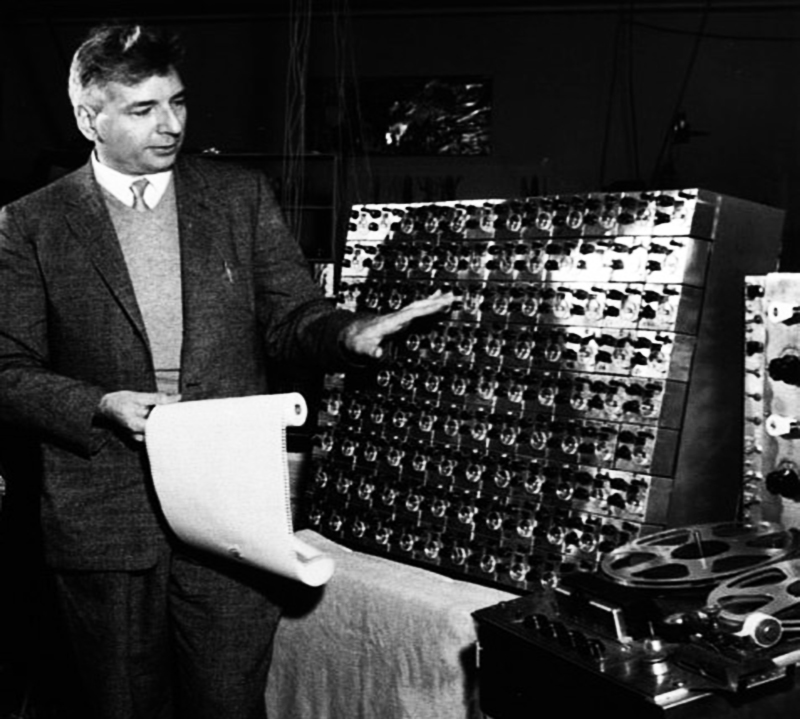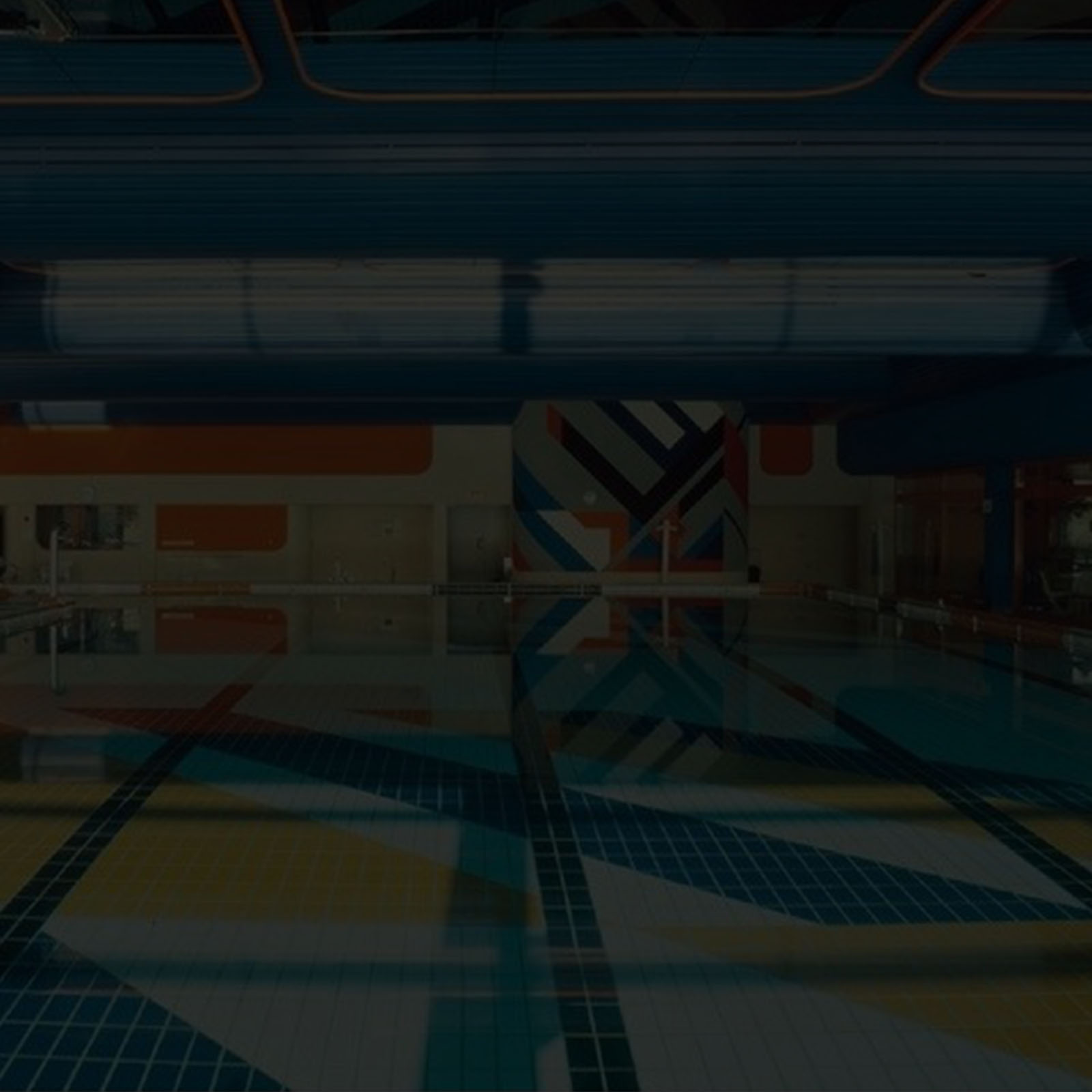Early ElectroMIX is a series to document the history of experimental Electronic music from the 50s to the 80s, composers making use of electronic instruments, test equipment, generators of synthetic signals and sounds… to analog synthesizers…While our sessions document those who make it today my desire is to transmit some pioneering works which paved the way to what we try to create today.
Realizing that most of those seminal recordings were not available I decided to archive them in a contemporary way, DJing-mixing them and while most of the time running several sources together or in medleys I made sure to respect the original intent of each composers as I want to transmit their message rather than mine.
The only one I would dare deliver being that they should not be forgotten…
Philippe Petit / April 2021.
Recorded (on April 02/2021) for our series broadcasted on Modular-Station
https://modular-station.com
Tracklist:
Hugh Le Caine – 99 Generators (1956/Radio Canada International) 00:00 > 01:42
Reinhard Berg – Gegenstimmung (1972/Melbourne) 01:40 > 04:56
Peter Huse – Space Play (1968/Radio Canada International ) 03:56 > 08:20
David Jaeger – Bwamerail (1970/Radio Canada International) 07:28 > 09:29
Gustav Ciamaga – Invention No.8 (1970/Radio Canada International) 09:18 > 16:15
Micheline Coulombe Saint-Marcoux – Trakadie (1970/Radio Canada International) 15:24 > 26:23
Canadian Electronic Ensemble – Whale Oil (1977/Music Gallery Editions) 25:00 > 34:54
Ann Southam – Boat, Moon, River (1974/Melbourne) 34:34 > 58:30
Hugh Le Caine – Mobile (1970/Radio Canada International) 58:11 > 01:01
This morning It crossed my mind that I hadn’t played many composers from Canada so I grabbed the essential compilations « Carrefour – Musique Electro-Acoustique / Electroacoustic Music » + « Music Canada : Vol. XIII – Electronic Music In Canada » (Radio Canada International ), both « Electronic Music By Canadian Composers » which Melbourne had issued in their « New Music Series » in 1980 and the first effort from the Canadian Electronic Ensemble.
Hugh Le Caine – 99 Generators (1956 / Radio Canada International )
A genuine pioneer who developed an early electronic synthesizer in the 1940s – the « electronic sackbut » whose controller modified volume, pitch, and timbre. Thus it was one of the first electronic instruments to use a three-dimensional continuous controller to modify the sound in a live situation. Such control is still rare in electronic instruments.
He developed The Touch Sensitive Organ from 1952 to 1954 in his studio, and on this piece was using the organ’s 99 sound generators, a sustaining pedal, a device that could shift the pitch, and the reverberations of the small outbuilding in which it was recorded.
After the success of public demonstrations of his instruments, he was permitted to move his musical activities to the National Research Council of Canada (NRC) and to work on them full-time in 1954, where he gained funding in order to open ELMUS, the Canadian Electronic Music Laboratory. Over the next twenty years, he built over twenty-two different new instruments and helped Canadian universities establish their own studios in the new electronic music medium.
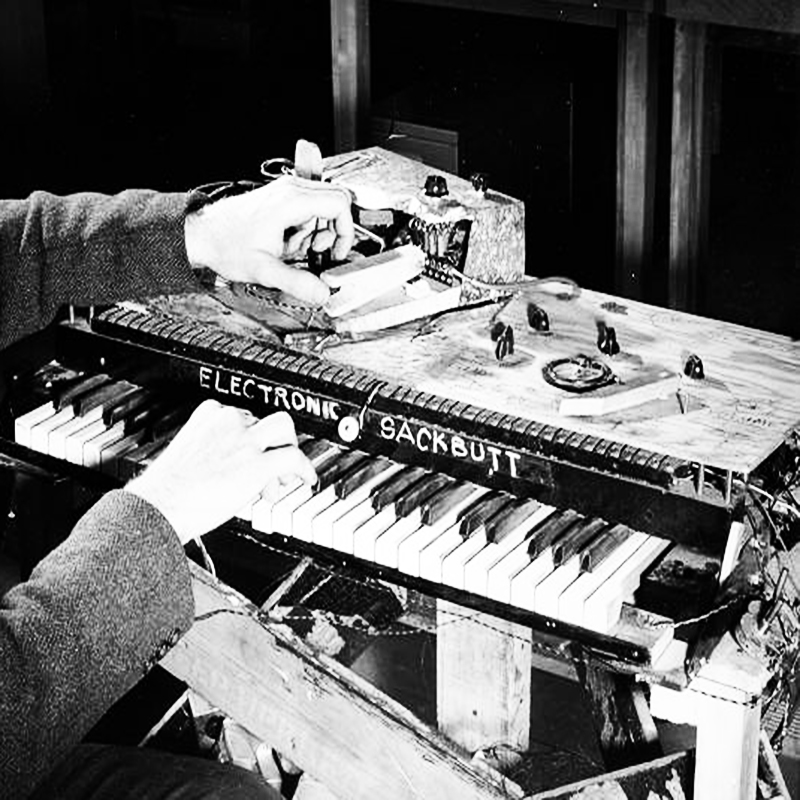
Reinhard Berg – Gegenstimmung (1972 / Melbourne)
Reinhard Berg studied in Cologne, Freiburg (Musikhochschule and University), and Darmstadt (Internationale Ferienkurse). 1971-74 were spent at the University of California, San Diego whose teachers included Violet Archer, Sandra Munn, Wolfgang Fortner, Karlheinz Stockhausen, Kenneth Gaburo, and Pauline Oliveros. In 1976 he began as instructor at Alberta College Conservatory of Music; founded the improvisation ensemble Otherwise.
« Gegenstimmung » may offer a womb reminiscence experience. As the composer wrote in the liner notes:
« A lot of loudspeakers may not be able to handle some sections of the piece. The effect is best in a fairly resonant space; listening to it in the bathroom might be an excellent idea ».
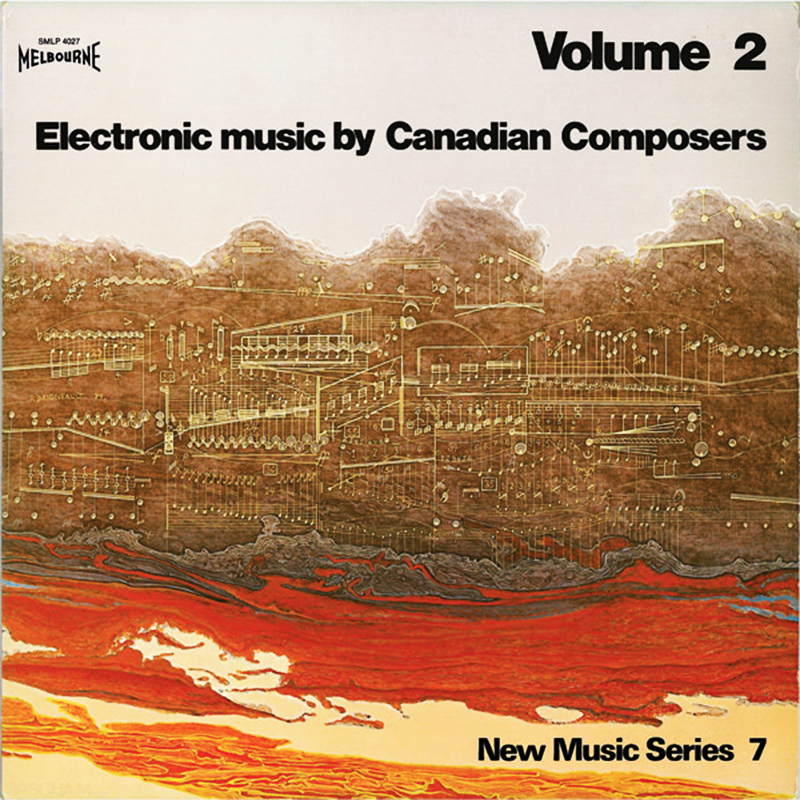
Peter Huse – Space Play (1968 / Radio Canada International)
After studying architecture during the 1950s, Peter Huse studied composition from 1960 to 1963 with Cortland Hultberg and Barbara Pentland at the University of British Columbia, and from 1963 to 1965 with Roger Sessions and Milton Babbitt at Columbia Princeton University. Originally trained as an architect Huse’s music and poetry reflects a sensitivity to structure.
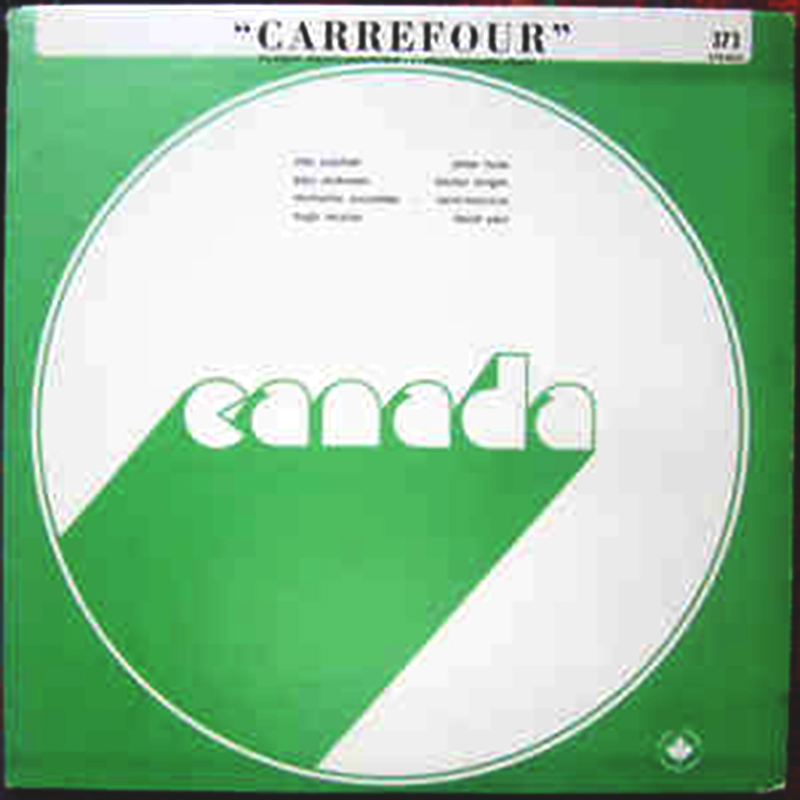
David Jaeger – Bwamerail (1970 / Radio Canada International)
David Jaeger is a Toronto based composer, music producer and broadcaster, who – in 1971 – co-founded the Canadian Electronic Ensemble (CEE) with David Grimes, Jim Montgomery and Larry Lake.
He was a member of the Canadian Broadcasting Corporation’s (CBC) Radio Music department from 1973 to 2013. In 1978 he created “Two New Hours”, a contemporary music network broadcast series which was heard on the national CBC Radio Two network until spring, 2007. He was CBC English Radio coordinator of the CBC/Radio-Canada National Competition for Young Composers from 1974 to 2002.
In the early 1970s Jaeger established a digital sound synthesis facility at the University of Toronto, one of the first in Canada. In 1971 he co-founded the Canadian Electronic Ensemble, together with David Grimes, Larry Lake and Jim Montgomery. Many of Jaeger’s compositions combine acoustic instruments with electronic music media, but he also composes for standard instrumental forces.
Jaeger served for 25 years as the CBC Radio representative at the International Rostrum of Composers (IRC), a project of the International Music Council. In 2002 he was elected President of the IRC. He was the only non-European to serve as IRC President.
In 2018 David Jaeger was named a member of the Order of Canada.
Gustav Ciamaga – Invention No.8 (1970 / Radio Canada International)
Gustav Ciamaga is predominantly known for his work in electronic music. He studied at the University of Western Ontario (1951-1954) while also studying privately with Gordon Delamont, before attending the University of Toronto where he studied with John Weinzweig and John Beckwith. He received is Master of Fine Arts (MFA) from Brandeis University, where he studied with Arthur Berger, Harold Shapero, and Irving Fine. He organized an electronic studio at Brandeis University in 1963, before joining the faculty at the University of Toronto (1963), where he became the director of the Electronic Music Studio in 1965. He was also the chairman of the theory and composition department (1968) and then dean of the Faculty of Music (1977-1984) and acting principal of the Royal Conservatory of Music Toronto (RCMT, 1983-1984).

Micheline Coulombe Saint-Marcoux – Trakadie (1970 / Radio Canada International)
In 1967, the Conservatoire de musique du Québec awarded Micheline Coulombe Saint-Marcoux a first prize for « Modular synthesis composition », a work for large orchestra and Onde-Martenot, and the Académie de musique de Québec awarded her its Prix d’Europe. In 1968, at the suggestion of Iannis Xenakis, she went to Paris to familiarize herself with the ORTF Musical Research Group and worked there with François Bayle, Guy Reibel and Bernard Parmegiani. In 1969, she participated in several international festivals and founded with five young composers the International Electroacoustic Music Group of Paris (GIMEP), which gave several concerts in Europe, South America and Canada between 1969 and 1973.
When she returned to Quebec in 1971, in addition to teaching at the Conservatoire de Montréal, “she became fully involved in the Quebec and Canadian musical scene composing a succession of works for small ensembles, or commissions for large Canadian orchestras, compositions with strange titles, evocative of the climates she created just like Trakadie
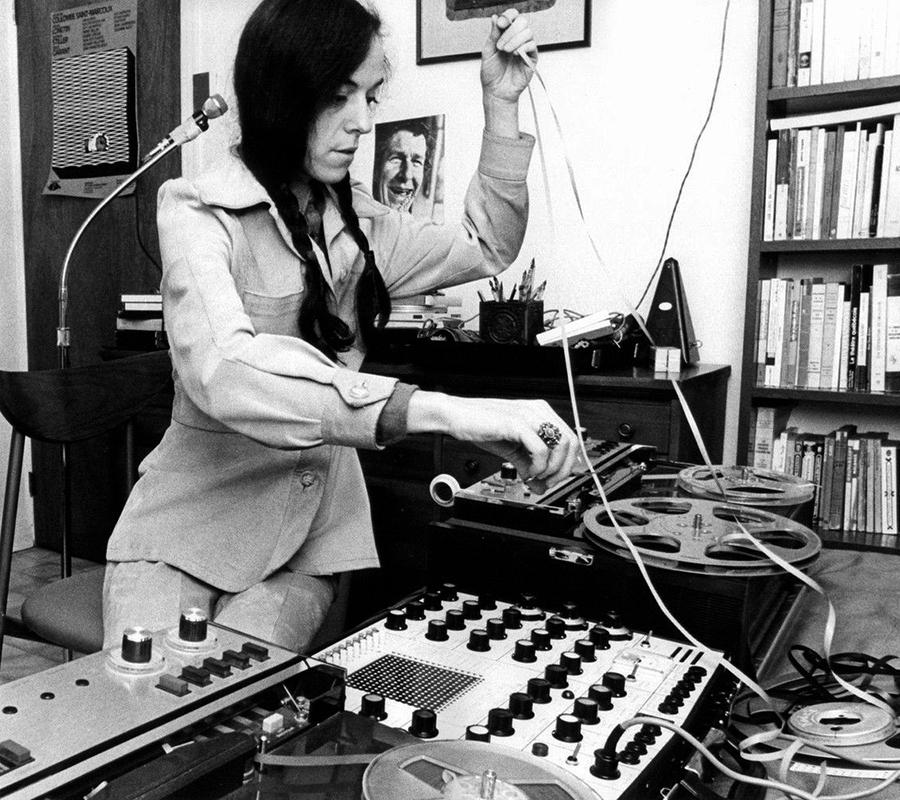
Canadian Electronic Ensemble – Whale Oil (1977 / Music Gallery Editions)
The Canadian Electronic Ensemble was founded in 1971. It is the oldest continuous live-electronic group in the world.
Composer-performers group founded in Toronto in 1971 by David Grimes, David Jaeger, Jim Montgomery and Larry Lake, « to promote the live performance of electronic music and thereby the composition of new repertoire for this medium ».
The CEE first toured Canada in 1975. Their first European tour was in 1979. In the years since, the group has toured extensively throughout North America and Europe. Beginning in 1974 the CEE has presented Toronto concerts that have become a major venue for new electroacoustic works by artists from every province in Canada, as well as international artists from Argentina, Australia, Austria, Belgium, Denmark, England, France, Italy, Japan, Mexico, New Zealand, Norway, Sweden, and the United States.
Almost fifty years later, the CEE is still at the forefront of live electronic music. Using old (and new) analog instruments, laptop computers, standard instruments, found sound, field recordings, and in fact anything electronic, they continue to cut a sonic swath through the ears of the world.
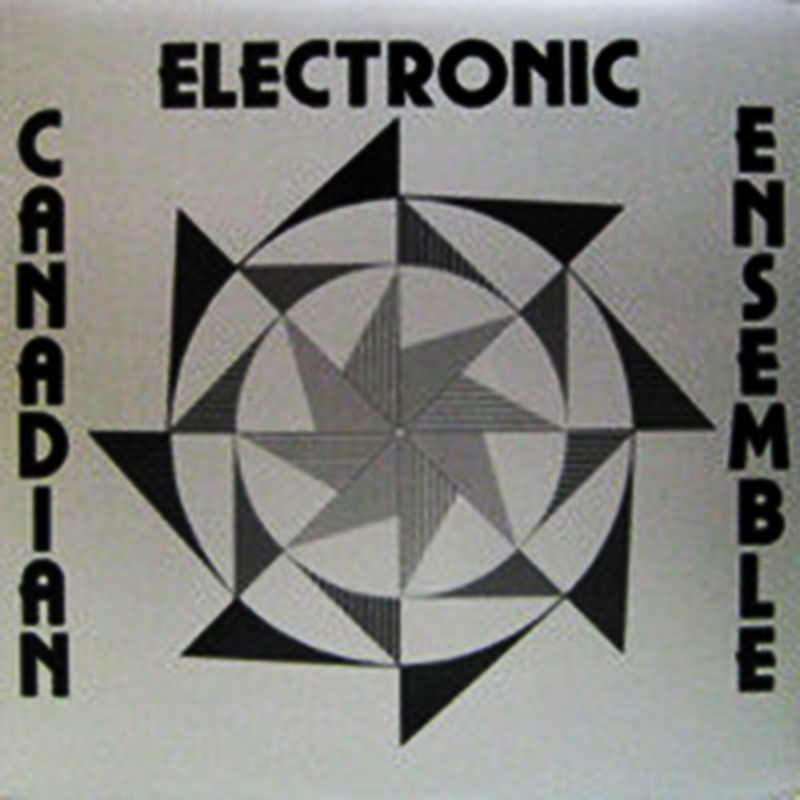
Ann Southam – Boat, Moon, River (1974 / Melbourne)
Canadian electronic and classical music composer + music teacher Ann Southam was born in Winnipeg, Manitoba, in 1937, and lived most of her life in Toronto, Ontario. She is known for her minimalist, iterative, and lyrical style, for her long-term collaborations with dance choreographers and performers.
She studied electronic music with Gustav Ciamaga at the University of Toronto from 1960 to 1963. Her passion for electronic music began in the 1960s, and she built a home studio with synthesizers, tape recorders, a mixer and a what she called a “minimum of sound equipment”, including Electronic Music Studios synthesizers such as the Synthi AKS. Southam’s early works are lyrical atonal pieces written in a Romantic style, and lyricism remained an important element of her electronic scores having “composed with exacting technique, intent on coaxing warmth out of her machines and bringing electronic music into new spaces.
In 1966, she began teaching electroacoustic composition at the Royal Conservatory of Music.
In 1966 she began a collaboration with the New Dance Group of Canada (later known as Toronto Dance Theatre) in 1967, where she became composer-in-residence in 1968. Over her life she composed around 30 pieces for the group. In 1977, she created Music Inter Alia, a concert promotion organization in Winnipeg that existed until 1991. She founded, with Mary Gardiner, the Association of Canadian Women Composers in 1981.
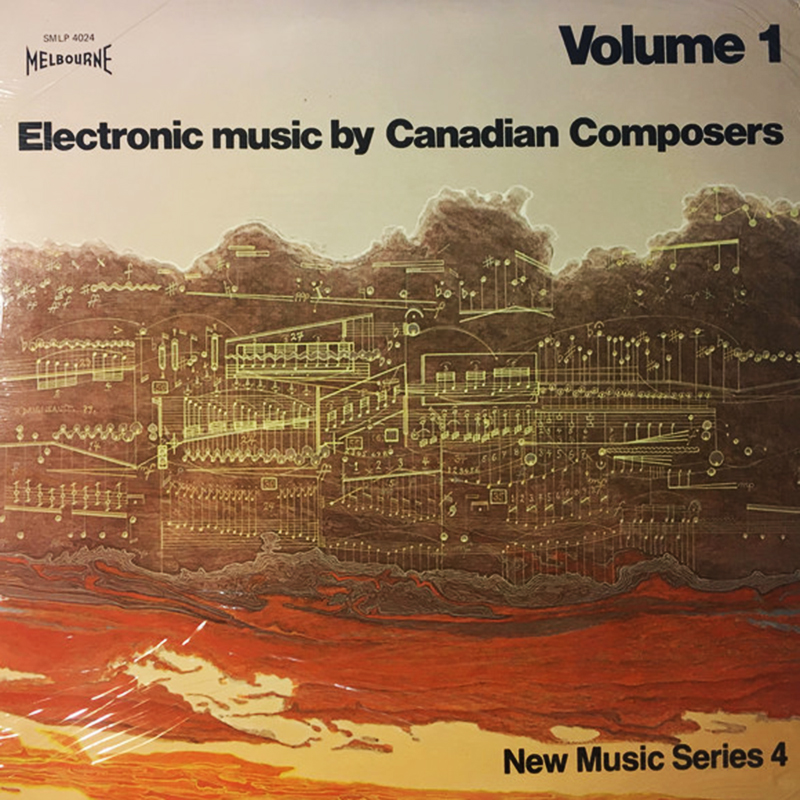
Hugh Le Caine – Mobile (1970 / Radio Canada International)
Father of electronic music in Canada who, in 1940, using tin cans and a couple of potentiometers designed the first automatic pattern recorder, an instrument used to measure the directions in which an antenna propagates a radio signal. At war’s end, Canadian National used receiving equipment designed by LeCaine to plan radio links across the country. In the field of nuclear physics, he collaborated in building the forerunner of what is today the Van de Graaff nuclear accelerator used to generate a stream of high-speed sub-atomic particles. Such accelerators are used in the fields of medicine, chemistry and atomic energy as “super” microscopes or probes. Vascillating between music and physics, the former became the all-consuming interest of his life. With the invention of the electronic Sackbut in 1945, Hugh LeCaine opened the era of electronic music by making an electronic instrument that was musically expressive.
A leading authority and one of the world’s foremost designers of electronic musical instruments, we should bear in mind that he had dozens of compositions to his credit, many of which have been heard on radio, television and in concerts.
